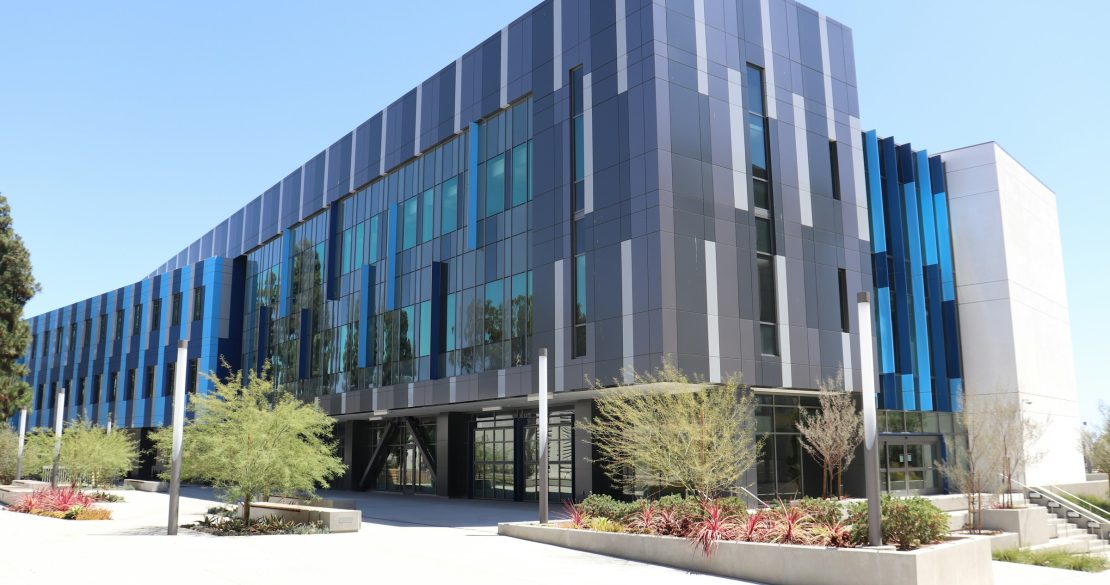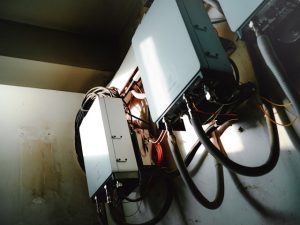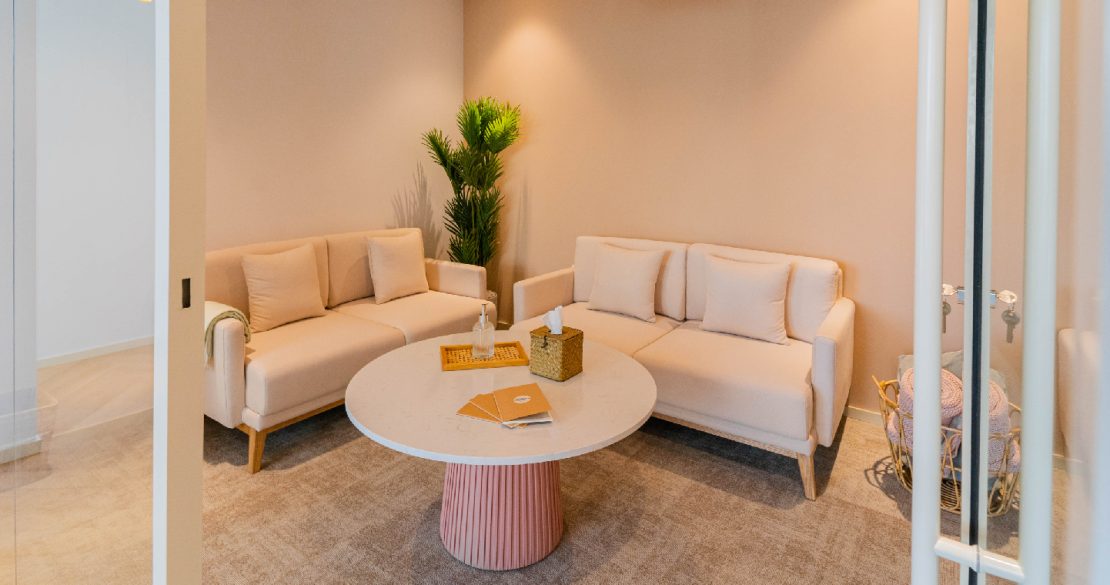Go anywhere in the world outside the U.S. and you’ll see plenty of historic buildings. Many have stood since the 1700s or even before. Palaces, cathedrals, houses of government, and even residential homes bear historical signage in many parts of the world. There are historic buildings like this in various places around the U.S., but none are as old as some found in European and Asian countries. And oftentimes, rightly or wrongly, these buildings are taken down in favor of modern construction. But we must move forward, in life, and in building.
There are some buildings that while their shells can stand the test of time, their insides do not. Either because the space can’t be used efficiently or because updating things like electrical wiring, plumbing, and the like would take more time and money and historic buildings are left to fall into disrepair.
“Green” building has always been around in one form or another, but the green building practices of today didn’t start to take shape until the 1970s. There are plenty of buildings that have existed before then, and even since that didn’t follow these now seemingly non-negotiable building practices.
Today, and in the last decades, building owners are looking to get with the times and add in the green features of today. But this requires some retrofitting to get everything up to snuff.
Table of Contents
Why Retrofitting?
Before You Start
Electrical Wiring
Lighting
Plumbing
Low-Flow Fixtures
Graywater Recycling
New Pipes
Eco-Friendly Landscaping
Windows & Doors
Solar Panels
Final Thoughts
Why Retrofitting?
As we said in the beginning, retrofitting is often done to save the building and give it new life. A historic schoolhouse can be retrofitted with new wiring, plumbing, insulation, etc. and find new life as a home, church, school, or place of business. Why knock the building down to build new when the existing structure is in good shape and only needs some inside tweaks?
Before You Start
You have an older building so it must not be energy-efficient, right? Not necessarily, and there are ways to work with your structure’s existing materials to increase energy-efficiency and your green footprint without sacrificing the look and feel of your building.
Before demo day, its imperative you make a plan by carrying out a thorough energy audit. Bring in a professional to evaluate the building’s current performance and identify key energy-efficiency issues. A comprehensive audit will include the evaluation of the building envelope, systems, and appliances. Various tests and scans will identify thermal bridges, air infiltration, heat loss, and duct tightness, among other things. Don’t be hesitant to provide a stack of recent electrical bills – an analysis will give a picture of energy use patterns to determine the scope and type of updates needed for effective energy consumption and improved environmental quality.
If you’re looking to retrofit a historic building, consulting a preservationist during the audit will help you determine the least invasive ways to address the upgrades without losing historical integrity.
Electrical Wiring
We could take you through a timeline of the history of wiring, or we could just talk about why you’d want to make sure you have up-to-date wiring that meets green guidelines. From the old days of knob & tube to the copper wiring of today, there have been leaps and bounds made in the safety and efficiency of electrical wiring. Having the latest (safest) electrical wiring means your energy costs go down and your electrical systems work more efficiently rather than trying to hook up new fixtures like LED lights to old wires that can’t support them.
Lighting
Going hand-in-hand with wiring, for a greener building you may want to add some green upgrades to your lighting system. Consider upgrading both systems at the same time to save time and money.
A few ways to retrofit your old building for green lighting include:
– Replace incandescent, fluorescent, or halogen bulbs with energy-efficient LEDs
– LEDs are 40-9% more efficient than the bulbs they replace
– Use motion sensor technology in less frequently used spaces like bathrooms
– Use automatic daylight sensors to control interior lighting to use less when natural light is more effective
– These sensors offer a 20-60% energy savings
– Choose fixtures that will cast the most light with the least amount of “work” (a single, larger fixture will be better for energy-efficiency and cost savings than multiple smaller fixtures)
and more!
Plumbing
These are just a few of the things you can do to make your water system a little more green. During a consultation, we can help you with these fixes and give you the latest information on all the green plumbing solutions available to you.
Low-Flow Fixtures
Sinks, toilets or urinals in bathrooms, watering systems for landscaping, and other uses of water have thousands of gallons of H2O flowing through your building’s pipes on a daily, if not hourly, basis. Going green with your water system is easier than you think, and your users (employees, customers), likely won’t even notice. Install low-flow faucets on bathroom or break room sinks, and save close to a gallon of water per minute! Install low-flow dual-flush model toilets and go from 3-5 gallons per flush to just 1.5 gallons per flush.
Graywater Recycling
Reduce, reuse, recycle. You do all three when you install a graywater recycling system. It’s a simple system that allows you to reuse water from sinks and other sources like washing machines for non-potable uses like flushing toilets or irrigation. Install a graywater system to capture this water as it heads down the drain. It then goes through a filtration system for re-use and your building uses less water and performs better.
In Arizona, graywater systems can be a lifesaver since rain isn’t exactly plentiful. Reusing what you already have reduces your need for fresh water for activities that don’t require potable water. Businesses like golf courses and others with large areas of landscaping that need watering benefit from installing graywater systems.
New Pipes
Depending on the age of the building you have, you may have to change out the pipes. Like with many other building materials, technology and safety standards have changed when it comes to what your water flows through. Most buildings in active use today have modern piping, but in places like Flint, Michigan some may have outdated materials including lead piping.
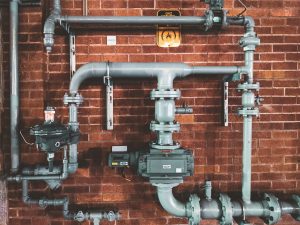
There are a number of options when it comes to replacing piping, including copper, galvanized iron, brass, cast iron, stainless steel, PVC, and more. The type of piping used will depend on many factors such as purpose, location on the property, and cost.
Eco-Friendly Landscaping
While “desert landscaping” doesn’t necessarily look colorful all year, it serves an important purpose in Arizona. Whether on residential or commercial properties, desert landscaping uses less water and features plants indigenous to the area. In Arizona, that includes a lot of cacti!
Windows
Sure, you could rip out the old windows and replace them with brand new, double- or triple-pane insulated energy efficient windows. Those old, single-pane non-insulated pieces of framed glass do nothing for making your building as green as possible, right?
That may be true, but if you’re retrofitting a building that’s more than 60 years old, you’re focusing on preservation as well as retrofitting for modern times. If you’re retrofitting a property such as this, opt for leaving those beautiful old windows in place as long as they’re in good shape, are functional, or are easily repaired.

To gain back that energy efficiency while maintaining your part of history, consider interior storm windows, or secondary windows. These windows are a single pane of glass installed on the inside of an existing window. The secondary pane combines with the primary to offer the same energy efficiency as a single double-pane insulated window.
Take care to select windows that fit elements like mullions and rails match those of the historic windows to minimize impact on the building’s visual appearance and to keep from damaging the historic window frames. Feel free to replace any missing windows or non-historic windows with modern windows – but opt for replicas of the originals to match the aesthetics of the building.
During a consultation, we’ll review your project and help you choose the right windows for your energy efficiency goals as well as the aesthetic you’re hoping to project.
Doors
Don’t forget about the doors! A good energy-efficient door is designed to control the amount of heat entering or leaving the building or room. Energy-efficient doors work alongside energy-efficient windows to regulate temperature and keep your heating and cooling costs down by preventing air leaks. There are a variety of types and styles of doors with high energy-efficiency ratings. We can help you choose the one(s) that fit your indoor and outdoor aesthetics while adding the energy efficiency you need.
To preserve the doors of a historic structure, you could add interior doors with higher energy-efficient ratings, or commission energy-efficient replicas.
Solar Panels
When most people think of green energy, their mind likely jumps directly to solar panels. While harnessing the energy of the sun to make your electrical meter spin backwards at times sounds great for your wallet, it’s also one of the greenest ways you can retrofit an old building. The up-front costs of the panels, the battery bank, and other necessities for an efficient system can be large, but the long-term dividends are worth the investment.
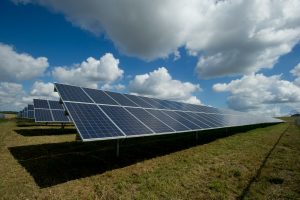
Where to install the panels may be an issue as well. Solar panels must be placed in a location for maximum sunlight, and have enough space for the whole grid to be hooked up together. Then, you’ll want to make sure the panels are as out of sight as possible. While they’re doing good work, they’re hardly something people want to look at on a daily basis.
For example, many companies opt to install solar panels on the roof of covered parking spaces. Others opt to install them on the roof of the building along with other mechanicals.
Final Thoughts
Breathing new life into older buildings can be a difficult task. With a detailed road map, you can find the best route to upgrade your building to today’s green building standards.
We at Realty Asset Advisors can help you add the green features you want and need while paying respect to building’s history.
Contact us today!


